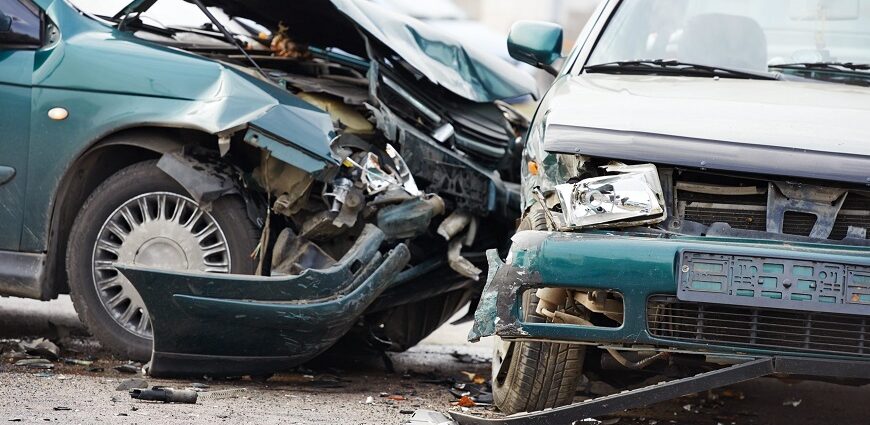On Florida’s highways, side-impact incidents and t-bone accidents frequently occur. This kind of collision frequently occurs at an intersection or a set of traffic lights when the front ends of two different vehicles clash. The force of T-bone collisions frequently results in significant, permanent injuries or even fatalities for the victims. This is largely due to the fact that a motor vehicle’s driver-side only has a door and a tiny glass for protection.
You should contact Florida car accident lawyers as soon as you can if you have been in a Florida T-bone vehicle accident and are unclear of who was to blame. Due to the severity of the crash injuries these incidents may produce, you may be required to pay a sizable sum of money for your medical bills, missed earnings, and car damage. You could be eligible for compensation to pay the cost of your injuries and any associated costs if you demonstrate that another driver was at fault for the T-bone collision.
Let’s take a look at the laws surrounding T-bone accidents in Florida and determine who is actually at fault in a number of different cases.
Who is at Fault When a T-Bone Accident Happens in Florida?
A side impact collision can happen in a number of different ways, therefore the particulars of your case will establish who is responsible for your T-bone accident. An experienced personal injury or auto accident lawyer can assist you in assessing your case and establishing culpability. You cannot just look at who was T-boned to establish who is at fault in a side-impact incident.
Insurance companies and courts typically rely on what drivers and witnesses and other pieces of evidence say happened to determine culpability in a T-bone collision. Other than eyewitness testimony, you must use evidence like pictures and the accident police report when attempting to assign blame in your T-bone collision.
Understanding Right of Way
Both vehicles cannot share the right of way. One automobile violated the other’s right of way since it had it in a t-bone accident. The car that did not have the right of way is always at fault in a T-bone collision. However, it’s also possible that the car with the right-of-way was negligent in failing to see what the other driver was doing. Sadly, it’s uncommon for evidence to be present at the accident scene that may be utilized to establish which vehicle had the right of way.
The drivers’ and the witnesses’ accounts of what transpired will nearly always determine who is to blame in this kind of side impact collision. Whoever seems more convincing will win the argument when both drivers assert that they had the right of way.
How Do T-Bone Accidents Occur?
T-bone collisions can happen in a variety of distinct traffic scenarios. Either driver might be blamed for the crash, depending on the situation. When the side of one vehicle is impacted by the front or rear of another vehicle , the collision is known as a side impact or T-bone. The phrase “t-bone” refers to a collision between two vehicles that would result in the letter T. Side-impact crashes frequently occur at crossroads or at stop signs. However, these mishaps might happen whenever a car crosses a street or highway.
Collisions with a side impact can be quite harmful. Several feet of steel often shield the passengers of a car when it is struck from the front or the back. However, in a T-bone accident, there is frequently only a door or window between one vehicle’s occupant and the other. T-bone collisions can result in serious injuries.
As was already noted, intersections are where side-impact crashes most frequently occur. When a driver disregards a stop sign or red light and enters a junction, it might result in a T-bone collision with another vehicle that is simultaneously crossing the intersection. Additionally, a left turn at an intersection might result in a side-impact collision if the driver assumes the other driver would stop at a yellow traffic signal. In general, side-impact crashes frequently happen at junctions when a car doesn’t give way.
Distracted driving is a frequent contributing factor in side-impact incidents. Texting while driving, eating or drinking while driving, and sleepy driving are some prevalent distractions while driving habits that frequently result in T-bone collisions.
How was our guide to understanding who is at fault when a T-bone accident happens in Florida? Have you been injured in a T-bone accident, or you need a injury team for an accident you were involved in? We recommend seeing a Florida auto accident lawyer who can help you get the assistance that you need.

